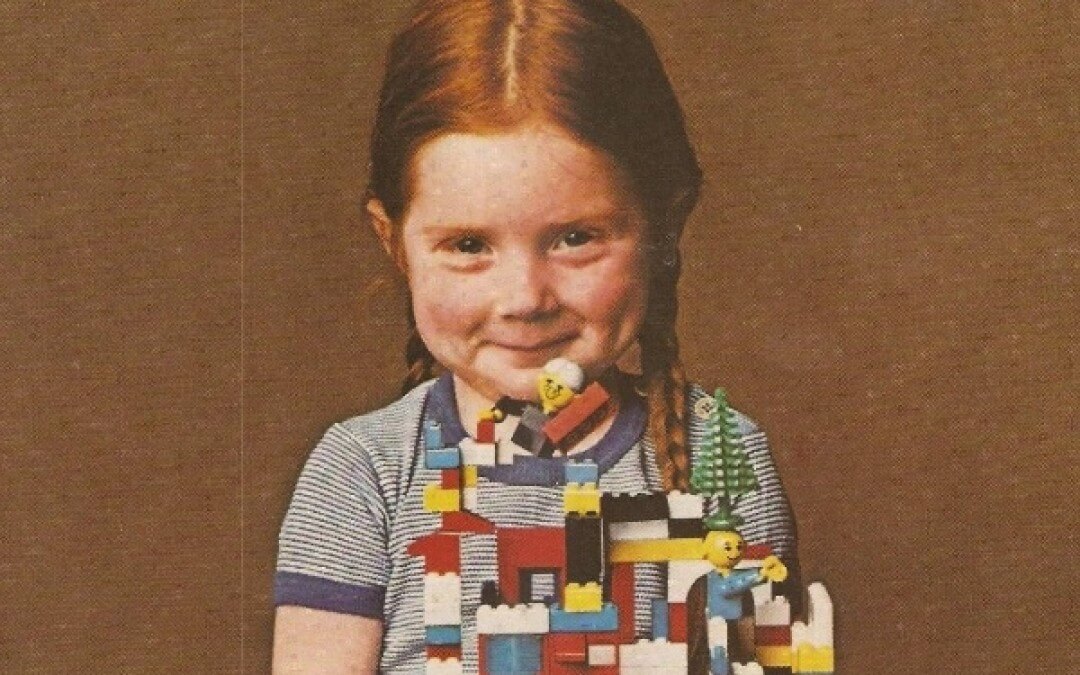If you grew up with Lego®, or you get down on the floor when the kids pull it out, you know this to be true: Lego appeals to kids of all ages.
During a recent session, a five-year-old mentor of mine said something typically wise beyond his years, “Everyone says you can make anything with Lego, but it’s not true. You can’t make a dream.”
Whoa.
When the little genius went to bed, I began to think about things in life that we make with the Lego approach – snapping things together to approximate a shape we have in mind. Good cooks do it with ingredients to create flavors and textures they have in mind. Modular furniture works. English gardens.
Then I began to wonder about things we can’t make with a snap-it-together approach, and right away one example came up. We can’t make an effective brand promise, or any really useful brand language, with a Lego approach.
But so many companies and branding agencies do it anyway. They snap together some nice-sounding words and call the whole thing good. But it is not good.
Consider the difference between art and craft. We all intuitively know that art is organic, integral, and original while craft is assembled, iterated, and duplicative. Maybe you never put those words to art and craft, but I bet you can distinguish between them easily if you have actual objects in front of you. Museums certainly think you can, because they have separate wings for them.
An effective brand promise is like art, not craft. It comes out of the company organically – it’s not imposed from outside. It’s integral, like a tree – it’s not a bunch of pieces snapped together. It’s original, not a slight rearrangement of the same language offered by a dozen other companies.
For years I’ve seen big companies with deep pockets pay for brand work that is more or less completely inexplicable. The individual words are all recognizable terms of corporate ambition, but the assembled result just lies there, impossible to figure out what the inspiration was, or how it’s going to have any appeal for sentient, feeling human beings. How could such smart people, with such big bucks, come up with this stuff – or believe it will work? It just seemed so bizarre.
Thanks to the Lego session with Yoda-to-be, it’s much clearer what is going on. Lego really does appeal to kids of all ages. And people do think they can make anything with it.
Even when they should know better.





